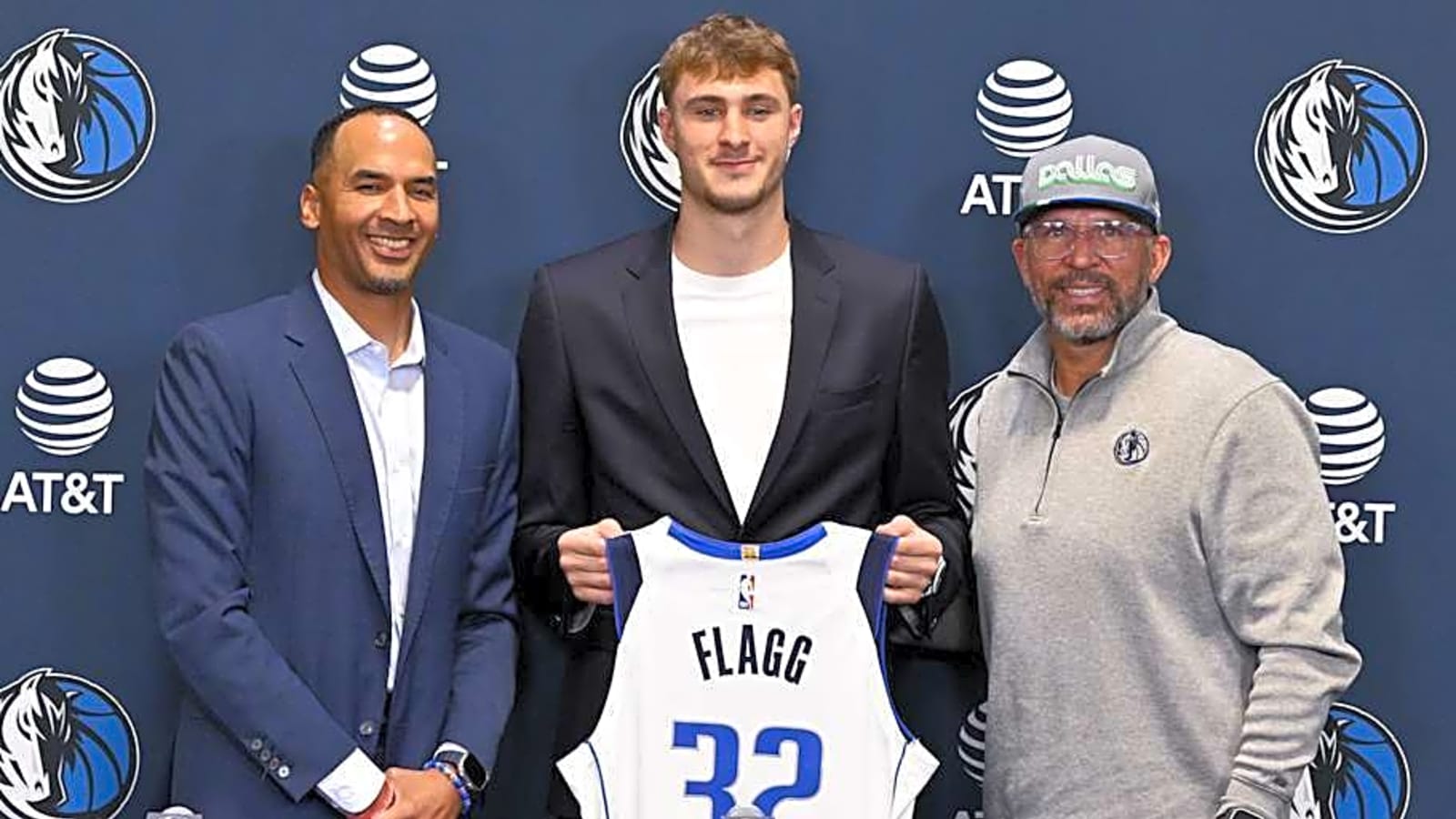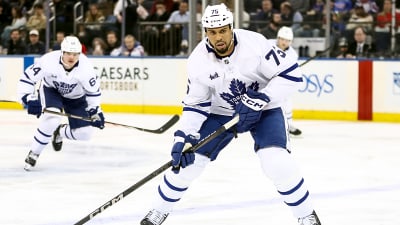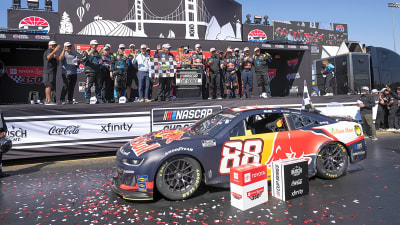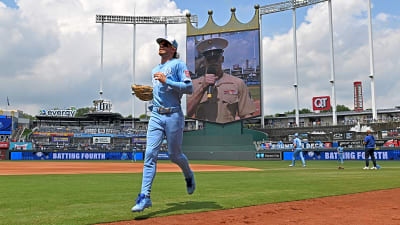
As he enters the league with an abundance of well-deserved hype, No. 1 overall pick Cooper Flagg joins an unusual landing spot for a top pick. The 18-year-old is the Dallas Mavericks' first No. 1 pick since Mark Aguirre back in 1981, but that isn't why this situation is atypical. Rather, it's because the franchise is still just a season removed from the NBA Finals, and still very much a title contender.
Just over a year ago, star point guard Luka Doncic led Dallas to the top of the Western Conference alongside 9-time All-Star backcourt partner Kyrie Irving and a cast of valuable supporting players. After the Mavericks' February blockbuster trade sent Doncic to the Los Angeles Lakers in exchange for 10-time All-Star big man Anthony Davis, Dallas enters next season with a revamped, loaded roster.
Flagg not only joins Davis, but also P.J. Washington, Dereck Lively II, and Daniel Gafford in a stacked frontcourt. In the backcourt, former all-stars D'Angelo Russell and Klay Thompson will be flanked by Max Christie, Naji Marshall, Brandon Williams, and Jaden Hardy to fill in key minutes as Irving continues to recover from a torn ACL.
Unlike most top picks' landing spots, this Mavericks roster is capable of winning the 2025-26 NBA Finals. To maximize their title chances, they'll need to strategically utilize Flagg to capitalize on his enormous two-way talent, all while nurturing his long-term development.
Given the 6-foot-8 forward's impressive versatility on both ends of the floor, these two questions surrounding Coach Kidd's deployment of Flagg are prominent, and the answers will shape the Maine native's rookie experience across a wide range of possibilities.
Question #1: How much offensive creation responsibility will Flagg be given in Dallas's top lineups?
On the offensive end, Flagg will initially join an offense led by the guard-big duo of Russell and Davis. This will likely leave him with more creation responsibility than he'd shoulder if Irving were healthy, but still pencils him in as a secondary option.
Flagg has prior experience flexing between on-ball and off-ball responsibilities at Duke, but unlike in the college game, the former Blue Devil won't hold a significant talent advantage over his NBA competitors, making this dynamic less practical. Ultimately, the Mavericks' usage of Flagg as a creator, particularly in their best lineups, will define his rookie experience by shaping the immediate trajectory of his archetype within the NBA and the team's overarching approach to his development.
Contrary to the way it may seem, less creation responsibility isn't inherently a positive or negative for a rookie Flagg. Instead, a more scaled-down role will simply direct his offensive development towards different skills, like off-ball play-finishing, connective playmaking, screening, and offensive rebounding.
These skills may not be as loud, but they lay the foundation for some of the NBA's best offensive stars at the forward and center positions. A version of Flagg who thrives more as a catch-and-shooter/driver, roller to the rim, intermediary facilitator, and active offensive rebounder may be more valuable than a high-volume off-the-dribble creator, especially for the 2025-26 Mavericks.
Take Flagg's teammate Davis, for example. As one of the league's very best two-point play finishers over the last decade, the NBA Champion is an offensive star due to his proficiency in these complementary skills. In a post-centric creation role like Houston Rockets center Alperen Sengun's, Davis wouldn't be nearly as valuable on offense, and vice versa.
Still, Coach Kidd and the Mavericks will likely give Flagg plenty of opportunity as both an on-ball and off-ball offensive player, as they hope to develop him into a star on this end. However, the distribution between the two roles will shape the value he brings in his rookie season and lay the foundation for his future growth.
Question #2: How will Flagg's defensive assignments be distributed between guarding perimeter ball-handlers vs. non-scorers/bigs?
Flagg is a star offensive prospect, but he's undoubtedly even more impressive on the defensive side of the ball. Here, he leverages his 7-foot wingspan, relentless motor, impressive ground coverage ability, lateral speed, leaping ability, and strong hands to shut down offenses on both the perimeter and interior. As a freshman at Duke, he 1.4 steals and 1.4 blocks per game.
Similar to his offensive outlook, though, Flagg's defensive versatility will allow Coach Kidd to deploy him in many different ways, for he stars as both a ball-stopping wing and rim-protecting roamer. Combine this with the lineup flexibility their frontcourt depth brings, and Flagg could slot in next to double-big lineups with Davis and Lively II, or even function as a switching five.
Flagg has the potential to make an All-Defensive impact in both roles, but his distribution between guarding perimeter ball-handlers vs. big men and non-shooters will define his rookie experience by shaping the scope of his defensive impact and influencing how the Mavericks build their defense and best lineups moving forward.
More must-reads:
- Chiefs sign star offensive lineman to $94 million deal
- Mavericks center Dereck Lively II reportedly undergoes foot surgery
- The 'No. 1 overall MLB Draft picks' quiz
Breaking News
Trending News
Customize Your Newsletter
 +
+
Get the latest news and rumors, customized to your favorite sports and teams. Emailed daily. Always free!








